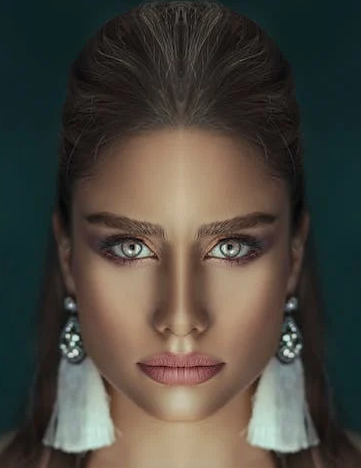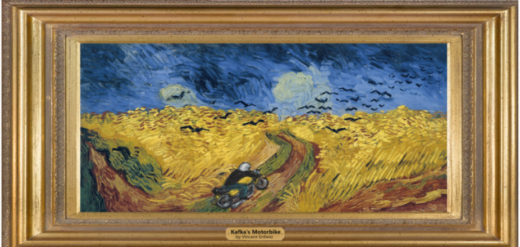In Chapter Fourteen (Dharma for One) Eddie becomes intrigued by the image of a youth’s head he finds in a leaflet: “It was a monochrome head and shoulder image of youth about Eddie’s age displayed on a crumpled missing persons note. Eddie examined the face and its expression, concluding there was something or other about the picture that he couldn’t quite put his finger on. Something about that face…”
Eddie didn’t realize he was looking at an artist’s mock-up from a partial image, rather than a simple representation of Michael’s face. This subject is revisited in a later chapter when Eddie recalls a line from a textbook that stated: “One of the outcomes of the advent of the Renaissance was that geometrical symmetry became linked to beauty; however, though most scholars agree that symmetry can be compelling, its rigorous application can result in a somewhat lifeless rigidity.”
So life had delivered Eddie an extra-curricular lesson – that symmetry and its indiscriminate implementation in portraiture does not achieve its intent; and that a preoccupation with symmetrical ideals will result in images that somehow lack authenticity or conviction.

The model in this picture exhibits a high degree of facial symmetry, something that has always signified physical attractiveness and beauty. Yet whilst nearly symmetrical faces are considered highly attractive as compared to asymmetrical ones, complete symmetry (such as the picture Eddie discovered in the leaflet) somehow becomes daunting and off-putting…
.

This second picture of the same model has been created by flipping one side of the woman’s face across to the other. To an someone with artist’s eye such as Eddie, completely symmetrical faces seem somehow deficient and synthetic. He isn’t alone: as studies have shown that nearly symmetrical faces are usually considered more attractive than completely symmetrical ones – something that Greek artists and sculptors had appreciated over a couple of millennia before the Renaissance.
